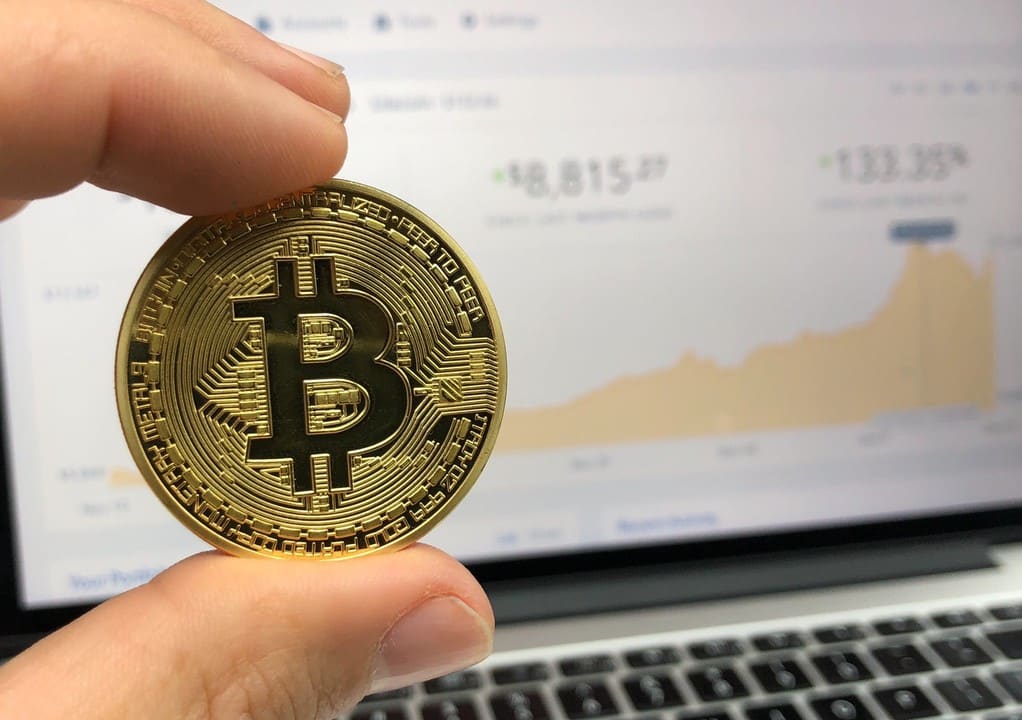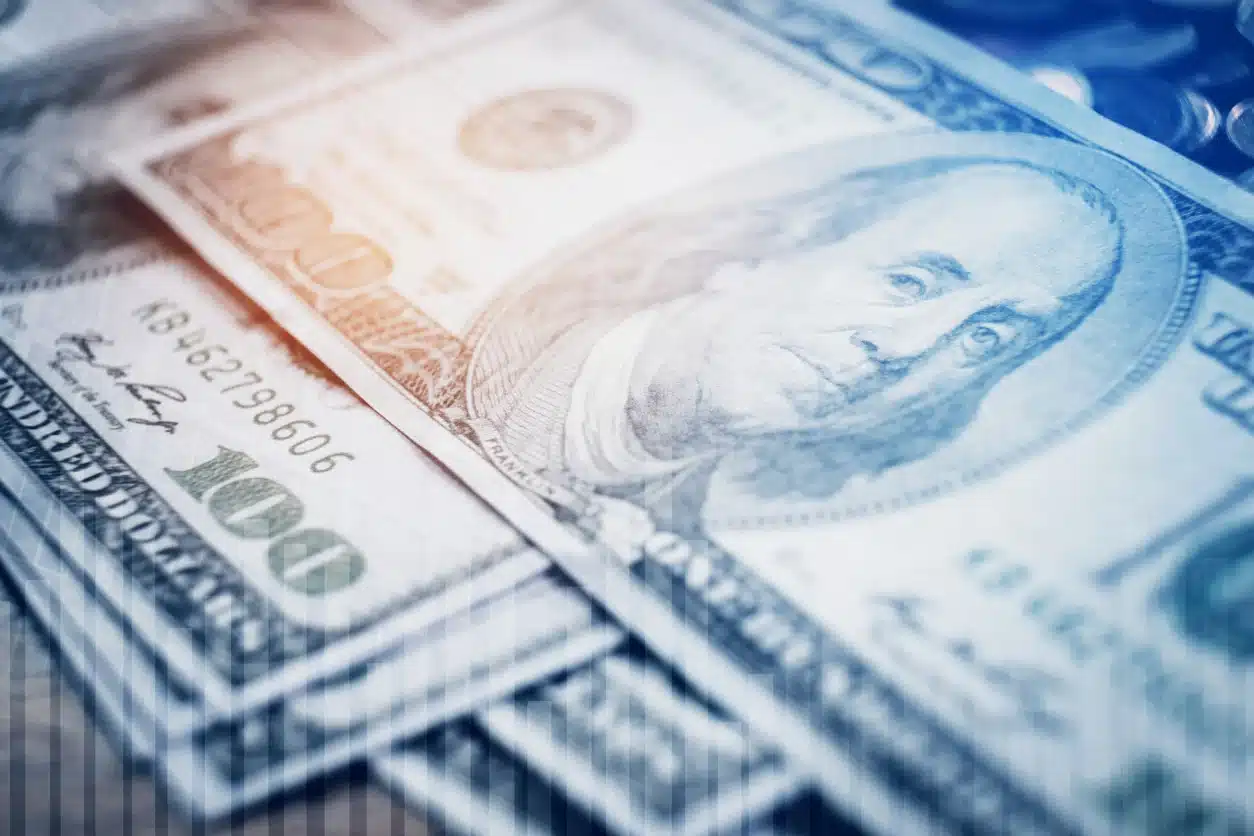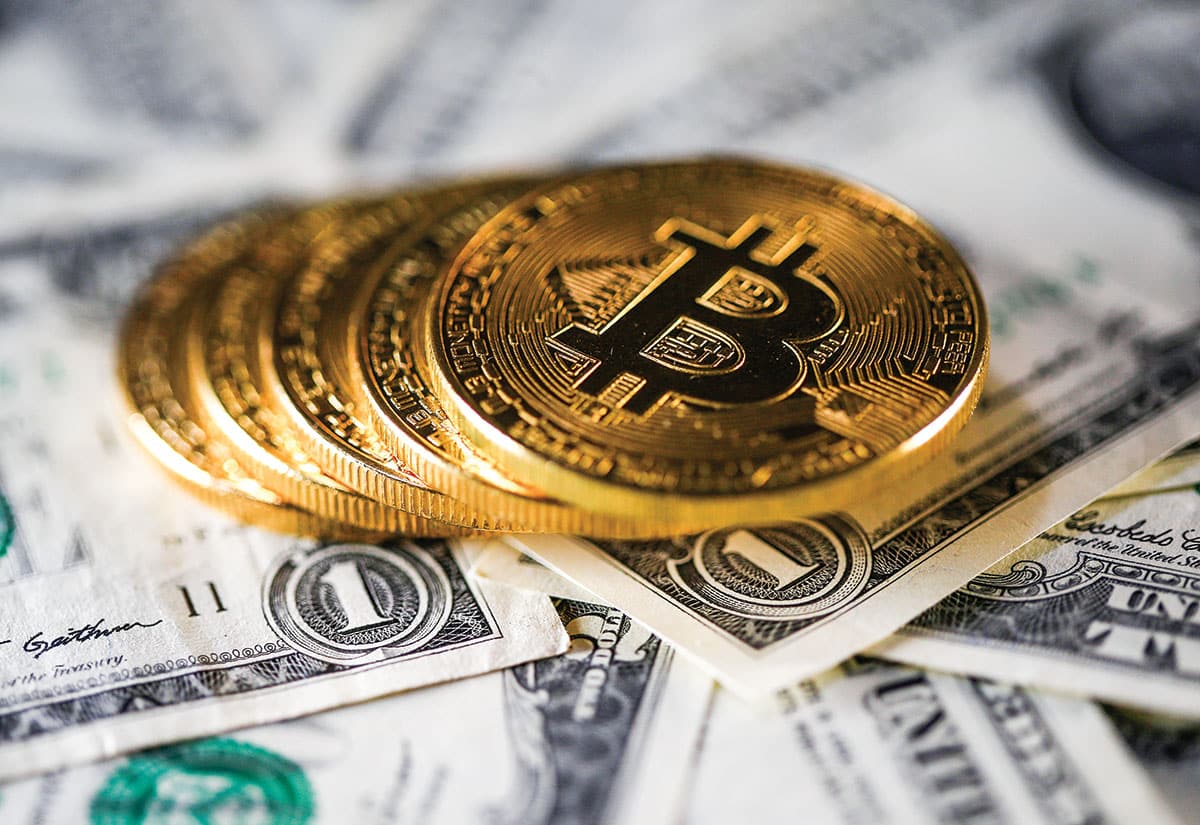The government’s attitude on financial crimes and crypto has changed since Monday’s declaration. The document is titled “Interpretation on Several Issues Concerning the Application of Law in Handling Criminal Cases of Money Laundering.” It provides other courts revised standards for the detection and categorisation of money laundering offenses. This comes at a time when China is becoming increasingly concerned about money laundering using virtual assets. So, the government is cracking down on China virtual asset money laundering.

Court Uses Virtual Asset Transactions to Comply with Money Laundering Procedures
China is changing its approach on virtual asset transactions to facilitate money-laundering. To streamline its money-laundering procedures, China is revising its view of virtual asset transactions. The Supreme People’s Court of China, China’s Supreme Court and the Supreme People’s Procuratorate issued a joint paper. It updates the implementation of punitive measures against those involved in virtual asset money laundering. The document assists other courts in their identification and classification of money laundering offences by supplementing current definitions.
The document’s recent findings include the incorporation of virtual assets that facilitate money laundering. Several procedures that can be viewed as money laundering operations are detailed in the fifth article. According to it, “transferring or converting criminal proceeds and their proceeds through ‘virtual asset’ transactions or financial asset exchanges” may be seen as “concealing or hiding the source and nature of the proceeds of the crime and the proceeds by other means.” Article 191 of the Criminal Law specifies this in Item 5 of the first paragraph.

Consequently, the number of prosecutions has surged. This has been so since these two government agencies’ increased involvement in combating money laundering. Money laundering charges climbed 20x from 2019 to 2023, according to Supreme People’s Court data. In 2024’s first half, 1,391 money launderers were prosecuted. This is 28.4% higher than last year.
Implications for Virtual Asset Users and Exchanges in China
China’s regulatory framework including virtual asset money laundering has its implications. There will be far-reaching consequences for people and companies engaged in cryptocurrency operations. More regulatory control of crypto exchanges in China will emerge due to this measure. Thus indicating a tightening of the reins on virtual asset transactions.
In China, virtual assets users have a higher chance of being caught up in investigations into money laundering. This would apply especially if their transactions are seen as suspicious. So, to prevent any legal issues, it is crucial to keep crypto operations public and well-documented. This revised understanding would force virtual asset service providers to institute stricter policies. AML and KYC policies are examples. Failure to comply may result in severe penalties and legal action.
Implications of China’s Stance on Virtual Asset Money Laundering
The crypto sector will alter as China includes virtual asset transactions in its anti-money laundering framework. China is a world leading economy. Hence, their regulatory actions frequently impact the choices made by other nations’ policymakers. As a result of this change, other countries may rethink their policies against virtual asset money laundering in China. This might cause a worldwide crackdown on cryptocurrency transactions. As governments align their regulatory systems, international coordination to combat virtual asset money laundering may increase.

Increased regulatory pressure in China may cause changes in trading volumes and capital flows. It might cause harm to the global cryptocurrency market. Traders and investors worldwide should keep a careful eye on these events and change their strategies as needed.
Conclusion: A New Era in China’s Fight Against Virtual Asset Money Laundering
China’s Supreme Court’s verdict on financial crimes is a huge development. They moved to specifically name virtual asset transactions as a possible instrument for money laundering. This judgement reflects the growing awareness of crypto risks and the need for robust legal structures to combat them.
The crypto community worldwide will be keeping a careful eye on how China applies this law. They’ll be observing how they enforce this new interpretation as part of its crackdown on virtual asset money laundering. It is still to be determined how these policies will affect the larger virtual asset ecosystem in China and worldwide.
This development shows how global governments continue to face regulatory imperatives that conflict with virtual asset potential. Legislators, business players, and users all face the same pressing challenge. That is, how to regulate virtual assets in a way that encourages innovation while protecting investors’ capital. TheBITJournal is committed to bringing you the latest updates in the crypto world. Stay tuned!





























